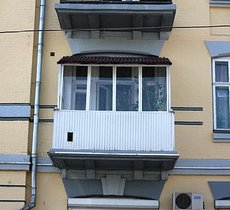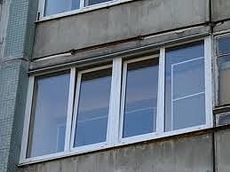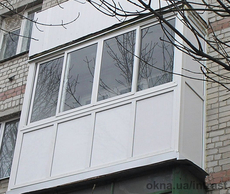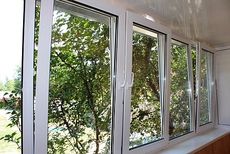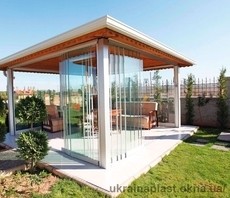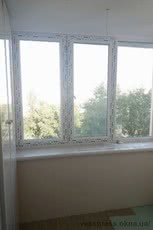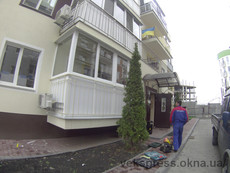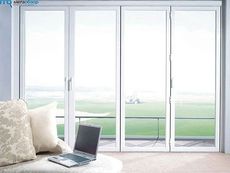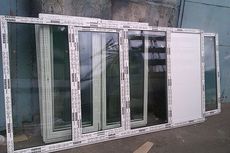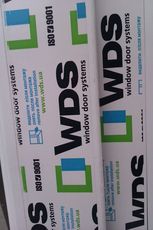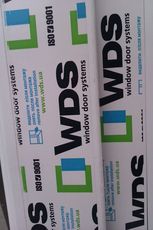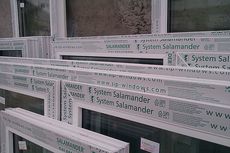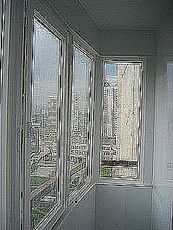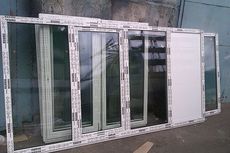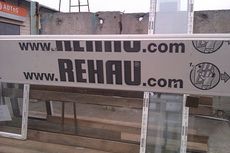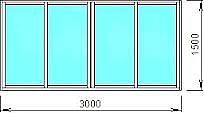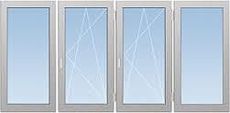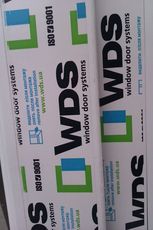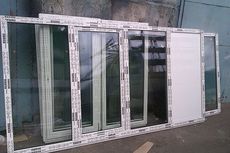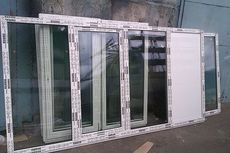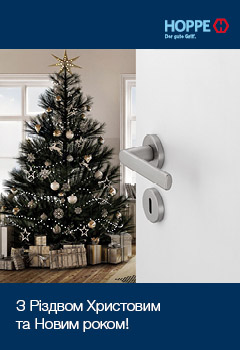Different reasons serve as an occasion for glazing of balconies or loggias, but all of them are aimed at increasing comfort and safety. This can be protection against accidentally stuck cigarette butts, possibly wind, dust and precipitation. Also, glazing of balconies provides additional heat and noise insulation. Often the glazing of the loggias leads to the expansion of the living room. Depending on the tasks, the type of glazing is chosen.
If you only need to protect yourself from wind and rain, then for this ideal "cold" aluminum profile systems, including sliding ones, are ideal, for the "warm" variant in the Ukrainian market, glazing made of PVC profile is more often used. All less often you can find wooden balconies. It does not mean the carpentry that was made in Soviet times, but the construction of a fused wooden beam - a profiled Eurobrus. "Warm" systems are heavier, so you need to pay attention to the condition of the plate, as well as the walls. After all, for a small three-meter balcony, the glazing weight with a double-glazed double-glazed window can reach 350 kg, while the load-bearing capacity of such a new balcony plate, taking into account the moments of about 750 kg, and the residual load-bearing capacity may be even lower. To reduce the load on the slab, an additional frame with a wall mount is used. Despite weight, PVC profiles are more often used, as the prices for plastic glazing of balconies are more accessible, in comparison with aluminum and especially wooden.
When you have to work with limited spaces, every inch is on the account, so it is often suggested to glaze the balcony with sliding systems. In the open state the doors do not interfere with anyone and save useful square meters, and also provide the possibility of simultaneously opening at least 50% of the total area of the glazing.
Glazing of balconies loggias
Catalog of goods and services
2 844 UAH
3 244 UAH

